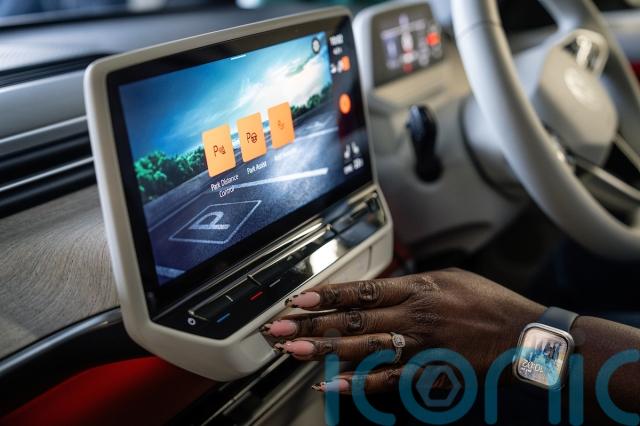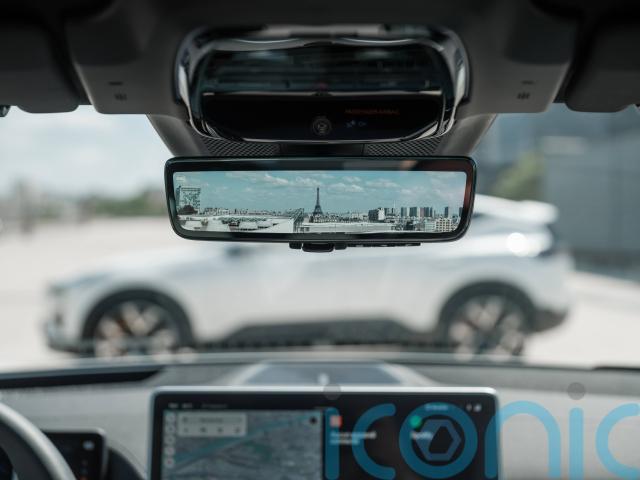
Parking is something that all motorists have to do from time to time. Whether it’s nipping into a high street space or navigating a multi-storey car park, everyone who gets behind the wheel is going to have to park up at some point.
For some people, parking is a stressful experience, but many cars now come with lots of clever technology to help things along. Here are the key bits of tech to look out for if you’re looking for a hassle-free parking experience.

Of course, reversing sensors have been equipped on cars for a number of years, but they’ve become more complex as time has gone on. Today, you can find multiple sensors dotted across the outside of a vehicle, providing full coverage of the area around the car.
Most sensors combine an audible alert with a visual display to help you nail that parking first time.

Similar to sensors, parking cameras have been commonplace on cars for quite a while now. However, they’re far more high-tech than before and many vehicles use high-definition cameras to provide a clear view of the area around the car.
Many vehicles now have a 360-degree camera, which uses feeds from multiple cameras and ‘stitches’ them together to create a wraparound view of the area surrounding the vehicle. Some car models allow you to even tap specific cameras to see a more detailed view, such as a kerbside perspective to help with parallel parking.

There’s some level of automation being included in nearly all new cars, but the ability to ‘self-park’ is one which could prove very helpful to a lot of drivers. It’s a feature which has been included in cars for a little while, though there have been breakthroughs in its complexity. Basic systems allow the car to ‘steer’ the vehicle back into a space, with the driver operating the brakes and accelerator. This system uses the cameras to identify a space, check that it’s the right size and then execute the manoeuvre.
On some cars, you can even remotely park a vehicle using its key. Simply line the car up to a space and use the key to remotely roll it back into its bay. It’s a handy feature, particularly when you’re parking somewhere with quite narrow spaces. Some systems, such as Volkswagen’s Park Assist Plus, can even ‘remember’ commonly-used parking routes, such as backing into a garage, and all the driver needs to do is press a button when they’re in the correct spot and the car will park itself.

While not necessarily designed to help with parking, rear-wheel-steering is something that can help to make things a lot easier for drivers of larger cars. Rear-wheel-steering allows the back wheels to turn in the opposite direction to the fronts when travelling at slower speeds. As a result, this helps to tighten the car’s turning circle which, in turn, will make parking a lot easier.
Then, when you’re travelling more quickly, the rear wheels act ‘as normal’ to help provide stability. It’s a really clever feature and one you’ll find on many high-end, longer vehicles.

In some cars, the rear-view mirror is being replaced – or sometimes added to – by a rear-view camera. This uses a rear-mounted camera at the back of the car which then relays its image to a screen housed within the rear-view mirror
Available on a number of cars, it’s designed to give a clearer view of the road behind you and could help to make parking a little easier, too.
Subscribe or register today to discover more from DonegalLive.ie
Buy the e-paper of the Donegal Democrat, Donegal People's Press, Donegal Post and Inish Times here for instant access to Donegal's premier news titles.
Keep up with the latest news from Donegal with our daily newsletter featuring the most important stories of the day delivered to your inbox every evening at 5pm.